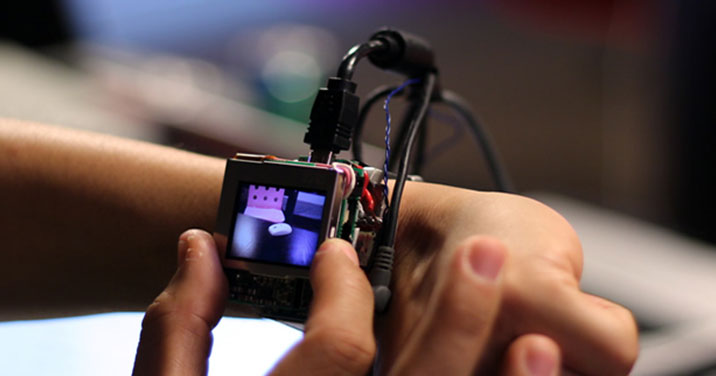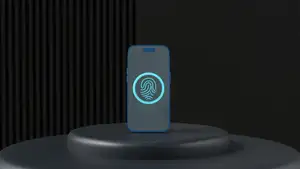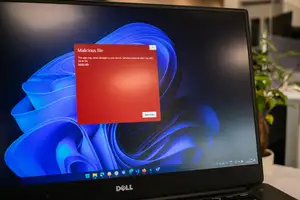
Prototype Smartwatch Controlled by Twists, Tilts, Turns
Touch screens are all the rage in mobile computing, and have even gained a modicum of success in desktop computing. For mobile computing especially, the benefits are clear: less need for buttons and other means of manipulating the device leaves more room for the screen itself, and also allows app and game developers more freedom in their apps can be used and watch features that can include.
However, shrink a touch screen down the size of a watch face for the purposes of manipulating a smartwatch, and you now start to run into problems. Firstly, the screen is so small that even a lone finger streaking across it to swipe or poke at a menu can briefly obscure your vision of the entire screen. Of even greater concern is the fact that those with without slender and/or nimble fingers could have trouble manipulating virtual buttons or icons that are too small and require a deft and precise touch.
One possible solution is to go back to those buttons, though again, the buttons would likely have to be so small to fit the smartwatch’s form factor they would be difficult to manipulate easily and intuitively. The solution may be to avoid buttons and touch screens altogether, and control the smartwatch almost exclusively through the power of one’s wrist.
Such is the type of prototype smartwatch that was recently developed by researchers at Carnegie Mellon University. While the prototype did contain a few buttons, the majority of the apps that were developed to showcase the technology were used entirely through twisting and tilting the wrist, as well as manipulating the bezel (which has a good degree of freedom ofmovement) that the watch face sits on with a thumb and finger.
One of the apps showcased for the prototype was a version of the classic first-person shooter game Doom. The player could control their avatar’s actions entirely through panning, twisting and clicking. Another app was a map application, which allowed the user to pan and zoom around the map with panning and twisting the bezel.
There are questions about the long term wear and tear the watch may suffer as a result of all the twisting, tilting, and jerking, not to mention how the user’s wrist itself will fare, and how potentially awkware and disconcerting it will look in public to be twisting and turning your wrist this way and that like a fish out of water. Concerns aside, the technology should prove invaluable in combination with other potential control methods like voice, allowing for a diverse way to control the action on that tiny smartwatch screen.
Official page for this project: http://chrisharrison.net/index.php/Research/Smartwatchface









